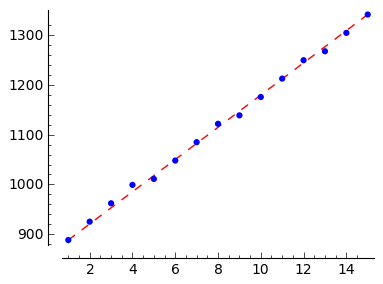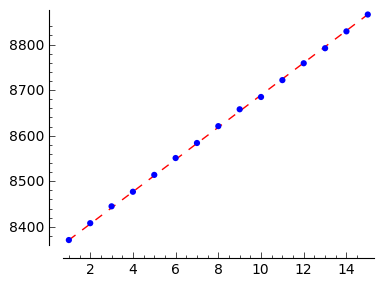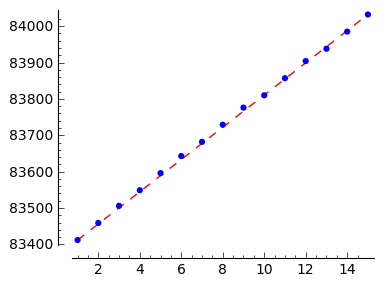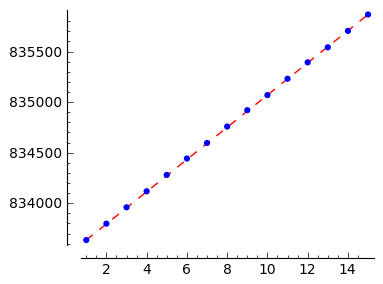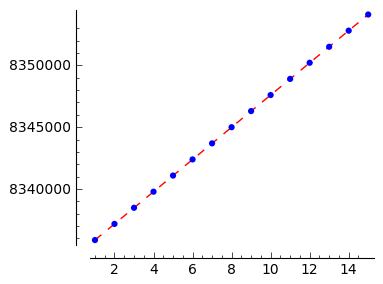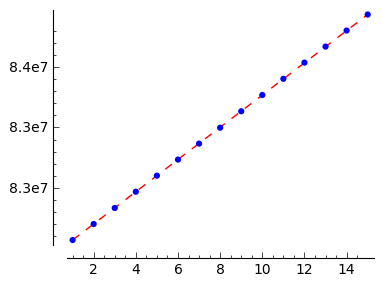|
L10_3 = [ (1,888), (2,925), (3,962), (4,999), (5,1011), (6,1048), (7,1085), (8,1122), (9,1139), (10,1176), (11,1213), (12,1250), (13,1268), (14,1305), (15,1342), 0]
L10_4 = [ (1,8371), (2,8408), (3,8445), (4,8477), (5,8514), (6,8551), (7,8584), (8,8621), (9,8658), (10,8685), (11,8722), (12,8759), (13,8792), (14,8829), (15,8866), 0]
L10_5 = [ (1,83412), (2,83459), (3,83506), (4,83549), (5,83596), (6,83643), (7,83682), (8,83729), (9,83776), (10,83810), (11,83857), (12,83904), (13,83938), (14,83985), (15,84032), 0]
L10_6 = [ (1,833636), (2,833798), (3,833960), (4,834118), (5,834280), (6,834442), (7,834596), (8,834758), (9,834920), (10,835069), (11,835231), (12,835393), (13,835542), (14,835704), (15,835866), 0]
L10_7 = [ (1,8335856), (2,8337163), (3,8338470), (4,8339773), (5,8341080), (6,8342387), (7,8343688), (8,8344995), (9,8346302), (10,8347602), (11,8348909), (12,8350216), (13,8351510), (14,8352817), (15,8354124), 0]
L10_8 = [ (1,83356883), (2,83370176), (3,83383420), (4,83396838), (5,83410152), (6,83423460), (7,83436644), (8,83449833), (9,83463429), (10,83476878), (11,83490281), (12,83503684), (13,83516933), (14,83530202), (15,83543469), 0]
L = L10_8[:]
P = list_plot(L[:-1], size=20, zorder=50)
P += line( [L[0], L[-2]], color='red', linestyle='--')
P.save( './anti_comp8.png', figsize=4)
|
